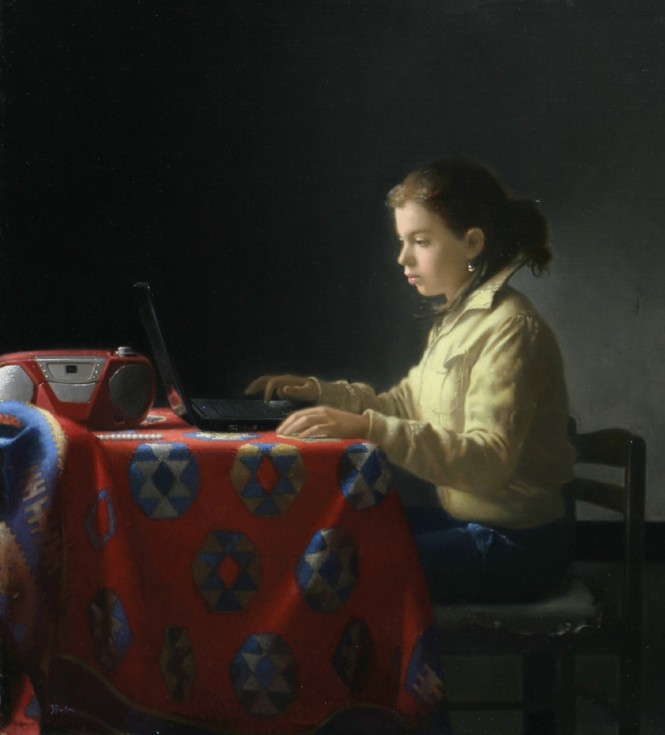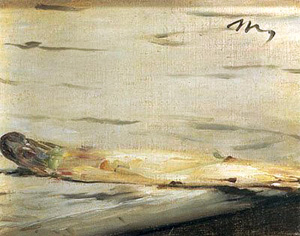
by Elatia Harris
Below you will find a spectrum of behaviors that are food writer markers in early life, as well as some behaviors that do not strongly associate to food writing. Say yes to all that apply. Attach a zero to behaviors that do not resonate with you. Each entry below, a. through e., is is worth points in ascending order — a. is 1, b. is 2, c. is 3, d. is 4, and e. is 5. So, the most you could accumulate for each division — (1,), (2.) and (3.) — is 15 points, for a total score of 45. My research and experience tell me that scoring higher than 40 makes you, hopelessly, a food writer. See that you think!
(1.) In childhood under 10, you
(a.) Ate what you were given, mainly, but thought over the texture pretty hard.
(b.) Wondered about the food in foreign countries. Was it better? Could you cook it just fine without going there?
(c.) Read carefully, rather than skipped over, the bits about food in your usual reading matter.
(d.) Sniffed from spice jars.
(e.) Were asked not to complain about the food, ever, even though you weren’t complaining, exactly. You were trying to help.
(2.) In early adolescence, you
(a.) Read and wrote well ahead of your grade level, regardless of other academic aptitudes.
(b.) Cooked with adults, for lack of interested peers. Cooked to get adults out of the kitchen.
(c.) Started feeling passionate about certain writers: they were writing for YOU.
(d.) Put out at least two issues of a newsletter about the food at school and at hangouts.
(e.) Sniffed wine, tried to taste it, daydreamed a lot, wanted to be older — at least 16.
(3.) Mid-adolescence through age 21, you
(a.) Worked to expand your food vocabulary because there were food sensations you experienced but had no words for.
(b.) Considered “year abroad” programs based on the food that might be involved.
(c.) Used more of your available funds to eat well than other students did, cut back elsewhere to afford it.
(d.) Sniffed fragrances, liked satin, drank wine.
(e.) Made lists of destination restaurants, and other things to experience for the sake of writing about them.
Elatia Harris is a writer and consulting editor in Cambridge, Mass. She is most often at work on books and articles about food, wine and travel. Contact her at elatiaharrisATgmailDOTcom or via text at 617-599-7159.
|
|


























